Langston Hughes (1902-1967) was an African-American poet writing about the social situation of the African-American community living in cities and suburbs all across the United States between the 1920s and the 1960s. He is best-known as a major exponent of the Harlem Renaissance, a cultural movement of the African-American community. This movement was aimed at greater visibility for the community as a whole, and for acknowledgement of African-Americans as players in the socio-political and cultural life of America. Hughes himself wanted his fellowmen to find greater integration into the mainstream of American culture, alongside the dominant white population. He believed that all races were equal, and deserved to be treated with the same amount of respect. This is exactly the viewpoint that he upholds in ‘I Dream a World.’
‘I Dream a World’ is written in the form of a dream-vision. Hughes is the ostensible dreamer and visionary in the scheme of things, but it can be argued that the reader also engages in an active process of dreaming as he or she reads the poem, and follows the train of Hughes’s thoughts. In fact, both Hughes and the reader dream the same dream.
The poem itself consists of sixteen lines. It is possible to break the poem up into four units, each composed of four lines, for greater ease of understanding and explanation. Each of these units performs two functions simultaneously. The first function is that of outlining particular aspects of Hughes’s dream-vision. This is the explicit function o the unit. The second function, in contrast, is an implicit (that is, unstated, but nevertheless present beneath the surface meaning) function. The implicit function of each four-line unit is to outline the reality that Hughes’s dream-vision attempts to remedy. Hence, the explicit and implicit functions of each unit present contrasting versions of the world, as Hughes sees it or imagines it.
In the first four-line unit, Hughes says that he dreams of a world where man lives in harmony with other men, and no one looks down on anyone else. In addition, Hughes says that in his dream world, love and peace reign supreme. These two statements implicitly imply that Hughes’s reality is nothing of that sort. Rather, in his real world, men do look down upon other men on the basis of flimsy differences in appearance, especially in terms of skin colour. In the America of the early twentieth century, the dominant white population did, in fact, consider coloured peoples as second-class citizens. Their logic for doing so was one that invoked irrational hatred (instead of love), and violent riots were more the norm than peace and harmony among races.
In the second four-line unit, Hughes says that he dreams of a world in which everyone will both want, and have, freedom. In this dream-world, greed and avarice will no longer mar humanity. These statements, in turn, implicitly show that Hughes’s real world is one in which certain men enjoy freedom of choices whereas others are bound and gagged by the structure of society itself. Greed compels the first section of society to exploit the second one.
In the third four-line unit, Hughes says that in his dream-world, all races – including black and white, but not limited to just these two – will have equal opportunities for success. In reality, most majority-white educational institutions, workplaces, and entertainment centres (such as musical clubs) did not allow coloured peoples to enter.
In the fourth four-line unit, the note of scepticism is harder to grasp. Hughes says that he dreams of a world where wretchedness has departed from the lives of men, and joy has come to reside in its place. However, the last line emphasizes that such a world can only exist in a dream-vision such as the one Hughes has articulated for his readers.
Dear Readers- If this summary/analysis has helped you, kindly take a little effort to like or +1 this post or both. Make sure you like Beamingnotes Facebook page and subscribe to our mailing list so that we can keep in touch. We’ll keep informing you about stuffs that are really interesting, worth knowing and is important to you.
Some online learning platforms provide certifications, while others are designed to simply grow your skills in your personal and professional life. Including Masterclass and Coursera, here are our recommendations for the best online learning platforms you can sign up for today.
The 7 Best Online Learning Platforms of 2022
- Best Overall: Coursera
- Best for Niche Topics: Udemy
- Best for Creative Fields: Skillshare
- Best for Celebrity Lessons: MasterClass
- Best for STEM: EdX
- Best for Career Building: Udacity
- Best for Data Learning: Pluralsight


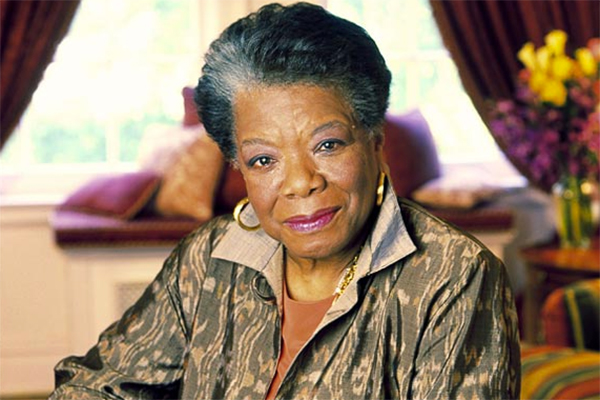

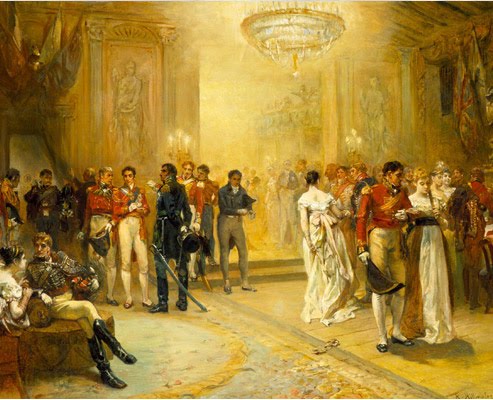
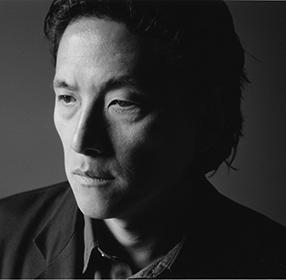
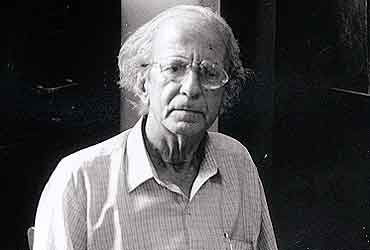

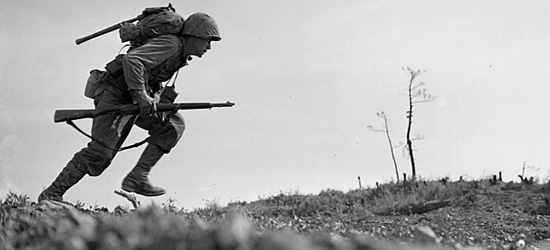








I like the poem
nicely explained! well done!
Thanks Muhibullah!